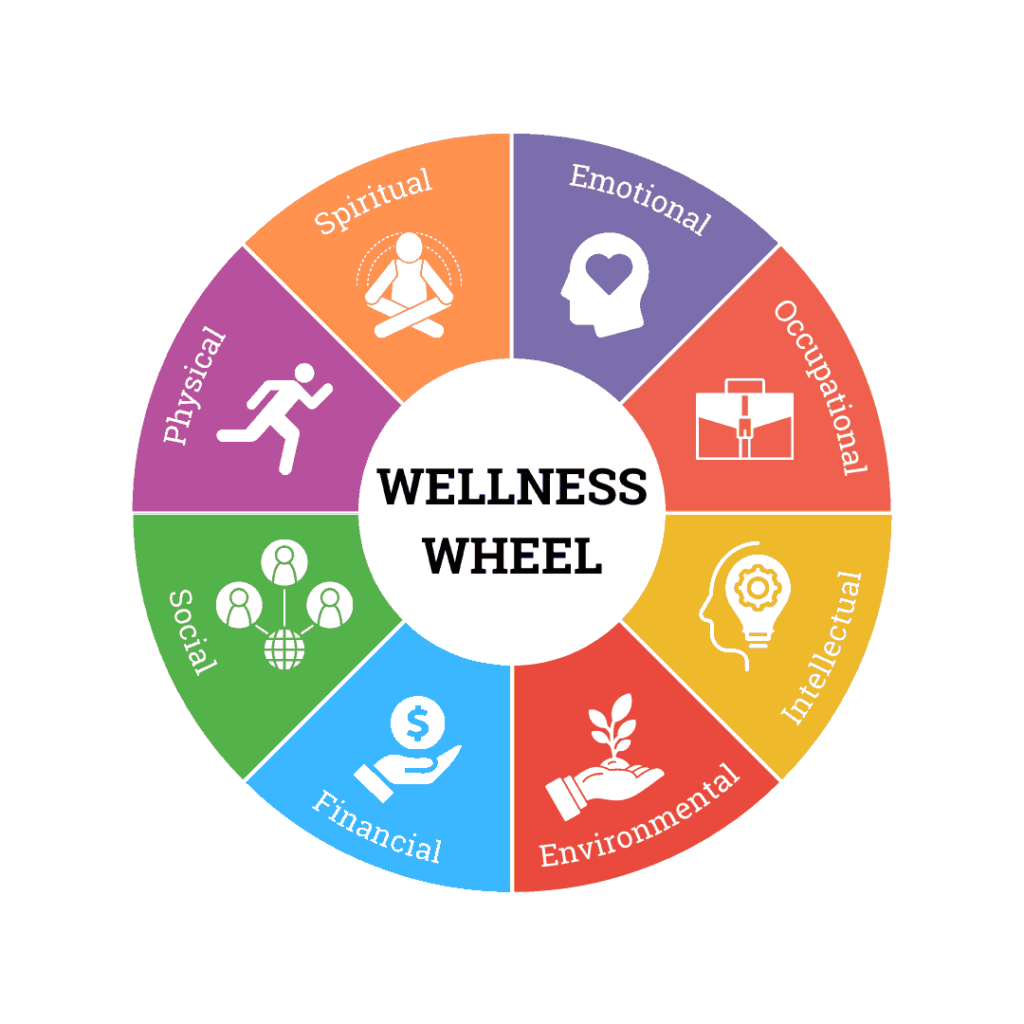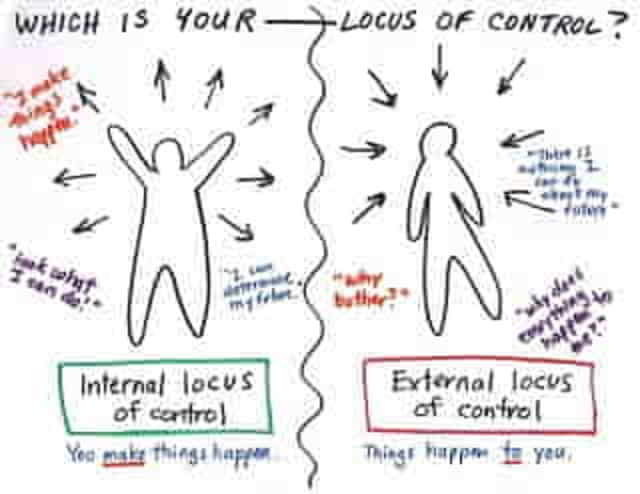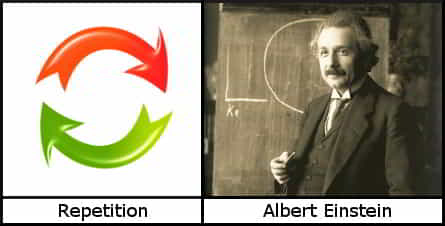Your Dashboard Tools
Debt
it's 14 Dec, 2024 2:11 pm
Add Your Info Details Here
You can add details about the info here. You can Save your work at any time and go back to it. You will see below what it looks like.
Debt
Background
This information is about the specific health area mentioned above. It comprises a combination of textual and video information, on our site and on external sites. We will be adding new specific health areas and further information continually.
The idea is for you to understand more about the health area you are addressing before you get too far building your action plan.
General Information
What Is Debt? According to Investopedia:
Debt is something, usually money, borrowed by one party from another. Debt is used by many corporations and individuals to make large purchases that they could not afford under normal circumstances. A debt arrangement gives the borrowing party permission to borrow money under the condition that it is to be paid back at a later date, usually with interest.
The Citizens Advice Bureau say about debt: Dealing with money issues can sometimes be off-putting, but if you don’t understand how things like credit or mortgages work, you could end up losing out financially or getting yourself deep in debt. The following pages will give you the information you need to make the right choices, including help to deal with your debt problems, how to avoid losing your home and how to get your finances back into shape.
Wikipedia define debt as: Debt is an obligation that requires one party, the debtor, to pay money or other agreed-upon value to another party, the creditor. Debt is a deferred payment, or series of payments, which differentiates it from an immediate purchase. The debt may be owed by sovereign state or country, local government, company, or an individual. Commercial debt is generally subject to contractual terms regarding the amount and timing of repayments of principal and interest. Loans, bonds, notes, and mortgages are all types of debt. In financial accounting, debt is a type of financial transaction, as distinct from equity.
Debt can be so debilitating and can create depression and anxiety. People often don’t intend on getting into debt – things often escalate out of hand and before you know it you have lots of debt. Many people gamble or take a risk and assume their employment or income is going to continue and be guaranteed. If it stops people often struggle and get into debt.
Many people worry about the debt instead they need to train their powerful brain to worry about getting out of debt.
You’re not alone and there are millions of individuals, groups, companies and even well known brands get into serious debt and have to make a plan to fix it.
National Debtline have a guide you can download which addresses debt – it’s long but comprehensive and you don’t have to read all of it!
Background Information
There is information available which will help you formulate your action plan – both on our site and on external sites.
On our site
DebtDrive provides you with all the information from a number of sources. It provides you with guidance and information to enable you to analyse your current situation and how best to tackle the problem. It also provides support from organisations and experts who you can contact for professional advice.
ChangeDrive is about the ability to make change happen in your life. How to stand back and evaluate your behavior and how to create new habits. ChangeDrive also has support and experts that can give you advice on turning a vicious circle into a virtuous one.
On external site(s)
There are no links to external information
Questionnaire
In order for you to assess what you know about this health area, we suggest using a questionnaire. This might help you understand your situation in this area, or taking it might improve your understanding of the area.
You may be able to take this questionnaire online – either here on our site or on an external site – or download it and complete it on paper – it depends on copyright (and whether we’ve managed to build it on our site!).
The ways you can take a questionnaire:
Take Questionnaire on our site
You can take a questionnaire on our site. This will score the questions automatically and give you a summary showing what your score means.
Our Questionnaire
We believe the questionnaire at Debt Camel is the most informative on different types of debt and how they affect you. The questionnaire is copyright Debt Camel and licensed at Creative Commons here.

Time's up
Take questionnaire on external site
You can take this questionnaire on at least one external site.
Mental Health and Money Advice have a debt test from MoneyHelper on their site. Taking this test enables you to benchmark yourself and find help.
The BBC have a debt questionnaire on their News site which you can take online – it’s quite simple but needs some financial information, and gives some useful feedback.
Stepchange have a simple 5 question quiz which shows whether you have debt problems or not.









